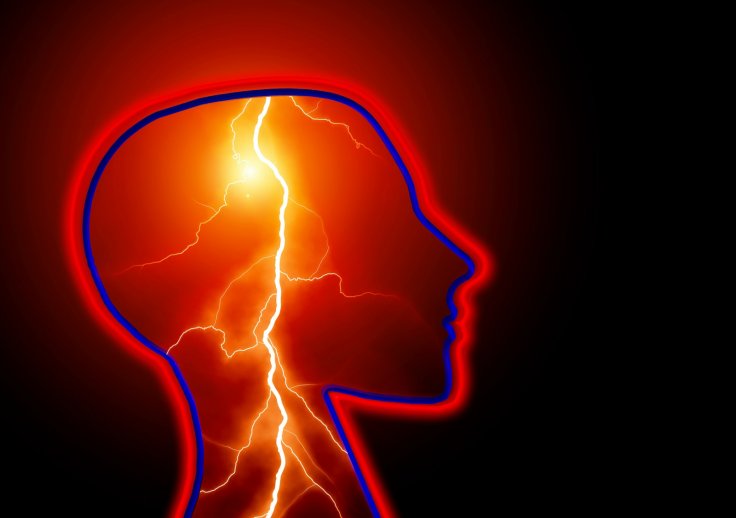Virtual Reality(VR) is a booming technology that is seeing increasing application across various disciplines. According to a report by Forbes Business, the technology that has transformed industries such as gaming, streaming, and education, is expected to grow to US$ 120.5 billion by 2026.
However, the potential of VR to transform the medical field is immense. Through research, scientists have proved that its use can create new avenues for patients suffering from various conditions. Here are a few effective uses that VR can be put into.
Overcoming drug craving and relapse
It is known that craving for drugs followed by a relapse can be triggered by memories associated with drug use, including factors such as the presence of certain individuals during substance abuse and the places where they took part in. A study by scientists from Washington University School of Medicine using mice delved deeper into this mechanism of memory formation.
The experiment involved teaching mice to associate a particular room within an immersive virtual reality game with morphine, and others with water rewards. It was found that the mice formed contextual memories of that environment- associated with social, emotional, spatial and temporal circumstances of an event. This triggered morphine-seeking behaviour in them later.

Place cells, cells in the brain which help in making mental layouts of an environment, were found to be active during vital points in the experiment. The researchers also noticed that the pattern of activation was different between the rooms associated with water rewards and the one associated with morphine. Memories of the drug-paired room created by the brains of the mice were found to be different from the others.
The study demonstrated that special neural mechanisms come in to play during drug use, and this could expound the influence and strength of memories. Therefore, the findings present a promising prospect of targeting and disrupting specific memories and breaking the cycle of craving and relapse.
Treating severe pain
While medication has been a primary form of pain management, therapeutic virtual reality has presented itself as an alternative or complementary tool to manage pain.
A study published in August 2019, tried to measure the impact of 'health and wellness' programming against that of on-demand VR on pain inpatients. 120 patients were randomly chosen from a group of patients who reported having a pain score of three or above. They were sorted into an experimental group and a controlled group.
The experimental group received a library of twenty-one VR experiences through a VR headset, while the controlled group of 59 people were made to watch a health and wellness television channel that included poetry readings and guided relaxations for not more than ten minutes. During the course of the experiment, the dose of pain management medication that was administered to the patients remained unchanged.
It was found that the self-reported pain scores in the experimental group went down by 1.72 points, while it reduced by 0.46 points in the control group. Patients from the VR group reported higher satisfaction with the experience than the television group. Also, the effects of VR intervention were reportedly significant after 48 to 72 hours of use. These findings open new doors in the area of pain management where dependence on medication could be replaced with therapeutic VR.
Managing conditions such as Parkinson's disease
Patients suffering from neurodegenerative conditions such as Parkinson's disease could benefit through the use of VR to improve their balance and motor functions. Researchers from the University of Utah demonstrated the applicability of VR for the purpose through a study published in April 2019.
Ten patients with Parkinson's disease were tested by the researchers using a virtual reality training system which provided a safe environment for them to sharpen their balance and motor abilities. The patients were put through three thirty-minute weekly sessions for six weeks. Walking on a treadmill, the patients tried avoiding virtual objects that appeared before them. Depending on their success in the first round, the objects became bigger in the subsequent one.

Following the program, notable improvement in the patients was observed. They were able to navigate obstacles such as boxes of different sizes and exhibited improved balance. A wider range of hip and ankle motions were also observed. All these factors have a proven correlation to the rate of falls among patients.
In spite of no comparative data between patients from the program and those outside of it, or with individuals without the disease, being available, the study is a step forward in the treatment and improvement of balance among those afflicted with Parkinson's disease.
For therapy after stroke
Most post-stroke regimens involve the use of physical therapy to improve bodily motions of the patients. A study by Danish researchers found that the use of VR can be an equally effective form of therapy.

120 people who had suffered a stroke a month before the commencement of the study were chosen for the experiment. Their average age being 62, all the participants suffered from mild to severe weakness or decreased mobility in their upper arms, hands or wrists. They had hour-long training sessions four to five times a week for a duration of four weeks. The arm and hand functions of the participants were recorded before, during and after 3 months of the study.
One half of the population received VR training built for rehabilitation with adaptability for an individual's capacity. Using gloves with sensors and a screen, they played games that provided for movement of the finger, hand and arm. The second half received regular occupational and physical therapy.
The results showed that both the groups exhibited significant improvements in their movements, suggesting that both the forms of therapy we equally beneficial. This presents an alternative for post-stroke therapy.









